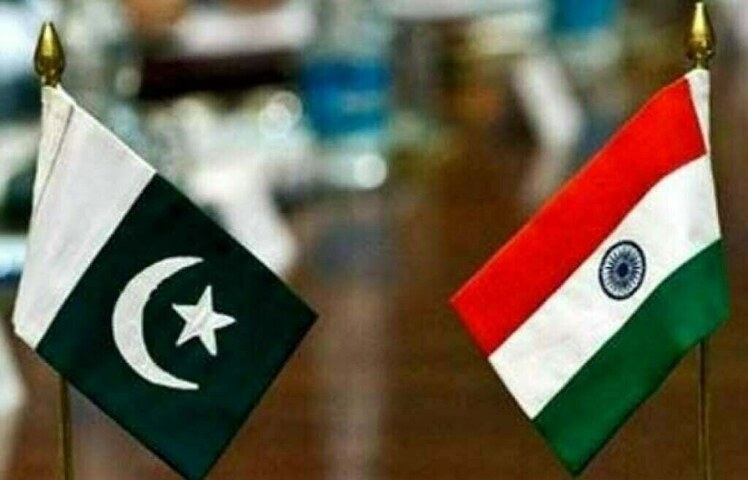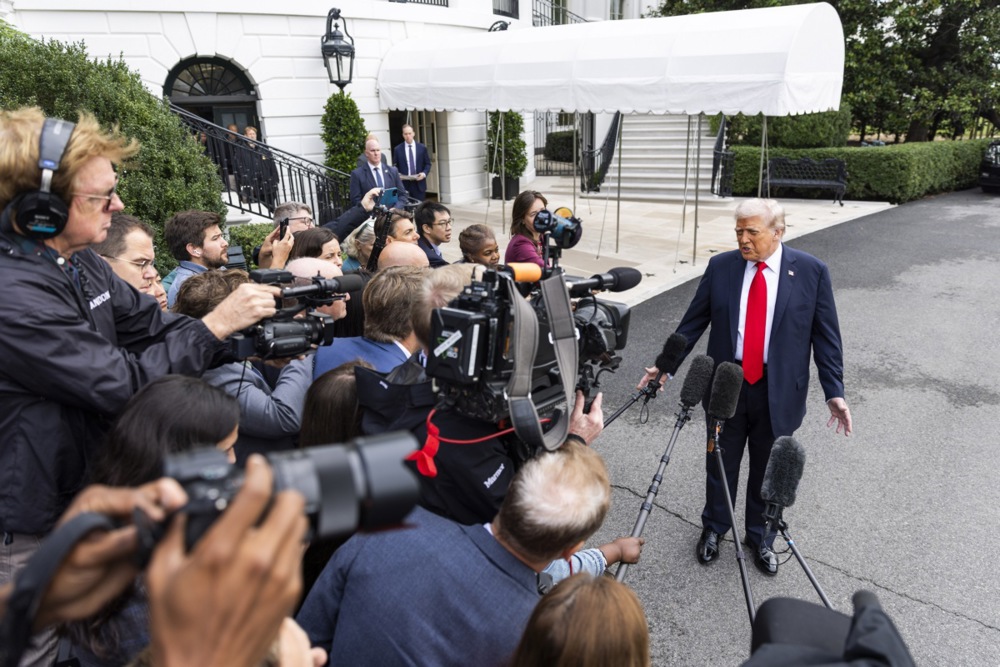
EDITORIAL: The Monetary Policy Committee (MPC) left the discount rate unchanged at 11 percent during its meeting on 15 September as it assessed that “the real policy rate remains adequately positive to stabilise inflation within the medium range target of 5 to 7 percent” — a target projected for the past year in spite of the halving of Consumer Price Index from 9.6 percent in August 2024 to 3 percent in August 2025.
Lack of synchronicity between inflation and the discount rate has been patently evident, given the following statistics: the rate of 12 percent was effective from January to May 2025 when inflation was lower at 2.4 percent in January, 1.5 percent in February, 0.7 percent in March, and a mere 0.3 percent in April.
The MPC sources its projections on surveys — business confidence and inflation expectations of consumers and businesses surveyed by SBP (State Bank of Pakistan) and IBA (Institute of Business Administration) — which has led to a widespread perception that the discount rate decision is not only very closely monitored by the International Monetary Fund (IMF) but its inputs cannot be ignored by the MPC, given the country’s dependence on the ongoing programme’s tranche releases to meet our borrowing targets as well as our external obligations.
The question is why would the Fund oppose any rate decline, given that the 11 percent rate is the highest in the region with serious implications on: (i) our growth rate though the Monetary Policy Statement (MPS) inexplicably assessed growth to remain close to the lower end of the earlier projected 3.25 to 4.25 percent — a rate that is regarded as an overstatement by at least 2.5 percentage points by independent economists, given the scale and extent of the damage caused by the floods as well as due to the severely contractionary monetary and fiscal policies that are being implemented as conditions for the ongoing IMF programme lending; (ii) high cost of capital as an input of large-scale manufacturing sector, with productive sectors increasingly also lamenting the high costs associated with higher utility rates relative to regional competitors; and (iii) insistence on citing high frequency indicators as they relate to capture higher sales sourced to lower inventories rather than higher output.
The answer can be partly explained by the government tweaking key macroeconomic indicators particularly inflation with major political implications, which explains why the IMF noted in its October documents “important shortcomings remain in the source data available for sectors accounting for around a third of GDP, while there are issues with the granularity and reliability of the Government Finance Statistics (GFS). The authorities are prioritising addressing these weaknesses, supported by Fund TA on the GFS and a new PPI index.”
Secondly, the Fund document notes that the “authorities agreed on the need to pursue a tight monetary policy stance and that the exchange rate must absorb any emerging pressures.” The rupee-dollar parity has remained within a narrow band for the past year and there are some concerns that the rate budgeted at 290 rupees to one dollar for 2026, a major determinant of not only the cost of imports but also the cost of repayment of past and ongoing loans, is being tightly monitored by the authorities to ensure that the budgeted deficit that understates the mark-up component of current expenditure, limiting it to 50 percent, remains undisturbed.
The MPS also noted that remittances have remained resilient and that the flood damage to crops will impact on trade deficit but projected that this may be offset by “improved market access to the US.” The actual agreement signed between the two countries has not been released publicly and one would sincerely hope that the country’s trade surplus in years past with the US is further strengthened. MPS further notes that “with the expected realisation of planned official inflows, SBP’s foreign exchange reserves are projected to reach around USD 15.5 billion” — planned official inflows defined as external borrowings.
The FBR tax collection rose by 14.1 percent in July and August but it failed to meet its over-ambitious target by 64 billion rupees — a fact that reflects the over-ambitious targets set by the IMF and agreed by the authorities. In view of the widespread damage caused to the economy in general and the agriculture sector in particular, tax collection by FBR would be significantly undermined and warrant downward revision of targets.
Therefore, it is understandable that the MPC has decided to tread with caution, being mindful of potential risks, by maintaining the present policy rate in view of inflation fears the monsoon havoc has stoked up in Punjab, the country’s breadbasket, in particular—better safe than sorry!
Copyright Business Recorder, 2025



